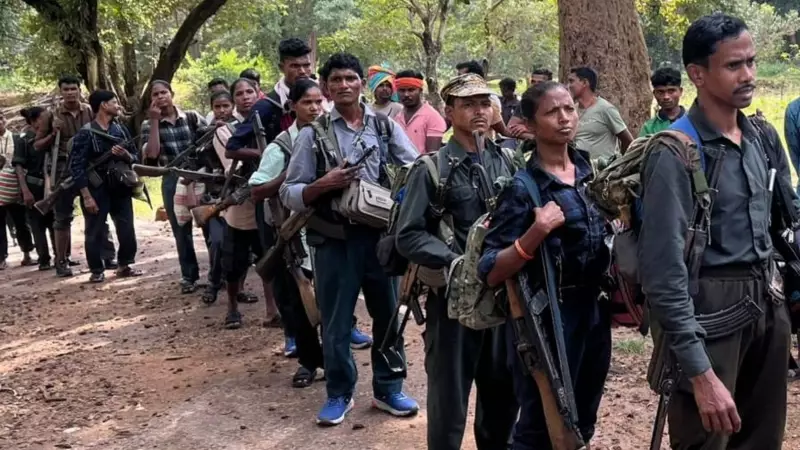
Five decades after the fiery rhetoric of Charu Mazumdar first ignited the Naxalite movement, India continues to grapple with the complex legacy of Left-Wing Extremism. What began as an ideological crusade against feudal oppression has transformed into one of the nation's most persistent internal security challenges.
The Ideological Genesis
The movement's foundation rests on Mazumdar's revolutionary doctrine, which advocated for armed peasant uprising as the only path to dismantling India's entrenched class hierarchies. His writings became the ideological bedrock for generations of radicals who saw violence as a legitimate tool for social transformation.
Evolution Beyond Pure Ideology
Contemporary analysis reveals a significant shift from purely ideological motivations. Today's Left-Wing Extremism draws sustenance from persistent developmental deficits in India's heartland. The movement now thrives in regions where:
- Basic infrastructure remains inadequate
- Land rights disputes remain unresolved
- Tribal communities face systemic marginalization
- State welfare programs fail to reach the neediest
The Security-Development Conundrum
Security forces have achieved considerable success in reducing Maoist influence through coordinated operations and improved intelligence. However, the military approach alone cannot address the root causes. Sustainable solutions require:
- Accelerated development in conflict-affected regions
- Strengthened governance and service delivery
- Inclusive economic opportunities for local populations
- Dialogue with alienated communities
Contemporary Realities and Future Prospects
While the geographical footprint of Maoist influence has contracted, the movement demonstrates adaptive resilience. The ideological appeal may have diminished, but the socioeconomic grievances that fuel recruitment persist. The challenge for Indian policymakers lies in addressing these underlying issues while maintaining security stability.
The path forward requires recognizing that development and security are two sides of the same coin. Only through comprehensive approaches that combine effective governance, economic empowerment, and strategic security can India hope to fully resolve this long-standing challenge.





